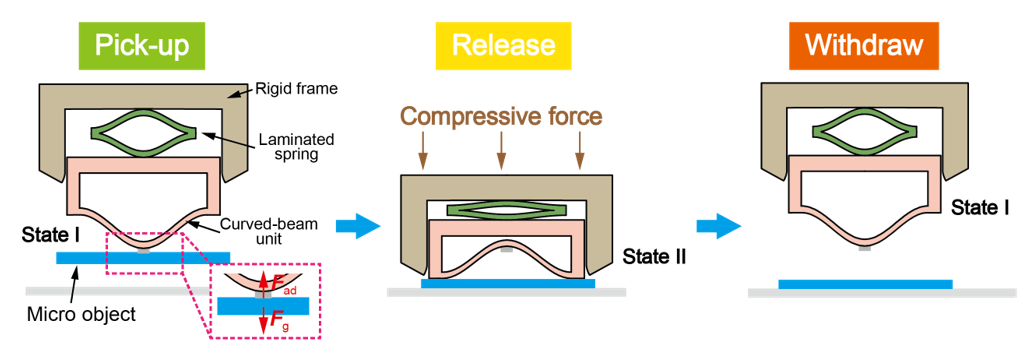Research Areas
Focusing on the global development of advanced manufacturing and new material, Zhang’s group has long been committed to the basic research of mechanical performance and application of novel micro-/nano structures and metamaterials, and micro-/nano additive manufacturing technology. Using experiments and theories of solid mechanics and materials science, combined with multi-scale numerical simulation and other methods, in accordance with the structure-manufacturing-performance-application relationship framework, we has explored the geometry design, advanced manufacturing, mechanical theory and prototype application of a variety of new micro-/nano materials and structures.
1. Design, Additive Manufacturing and Mechanics of New Micro-/nanomechanical Metamaterials
There is a widespread and urgent demand for new structural materials with multiple mutually exclusive excellent mechanical properties, such as ultra-light and high-strength, high-strength and high-elasticity, high-strength and high-toughness in the fields of aerospace, transportation, and energy storage, etc. However, existing porous lightweight structures often have mutual constraints between properties, such as density and strength are mutually exclusive, strength and large deformation are mutually exclusive, and strength and toughness are mutually exclusive. These mutual constraints of mechanical properties have hindered the development and application of these porous structural materials and have become the main bottleneck and major problem restricting the development of advanced structural materials.
Micro-/nanomechanical metamaterials refer to a new type of micro-/nanostructures that use existing component materials and are designed with special primitives at different scales to exhibit mechanical properties that are super/unconventional to natural materials or traditional structural materials. In response to the above-mentioned key scientific problem that has long existed in the field of mechanics and materials, the group has successfully designed and prepared two new types of micro-/nanomechanical metamaterials: ultra-light, record-high-strength, and strength-toughness synergistic carbon-based nanolattice materials and high-entropy alloy-polymer nanolattice materials with both high strength and high resilience.
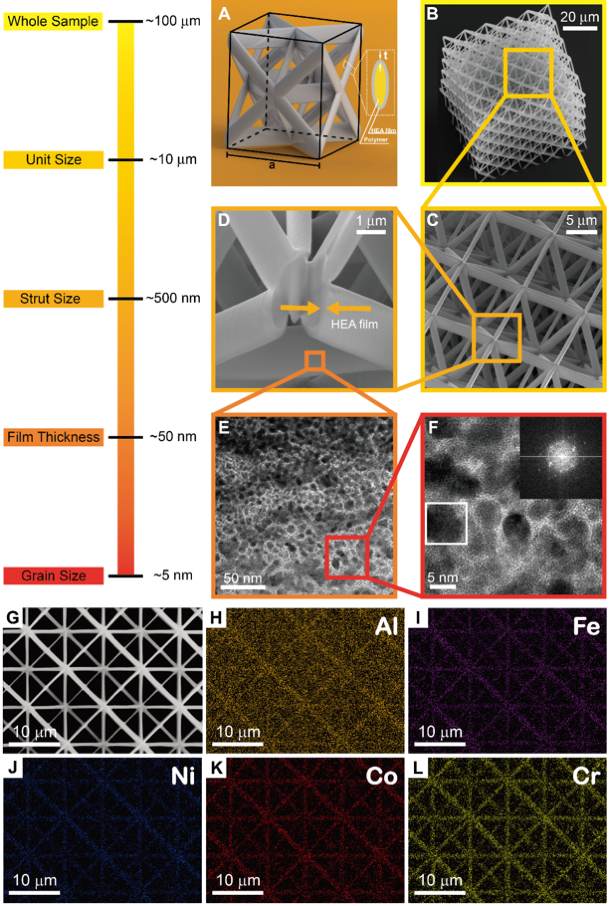
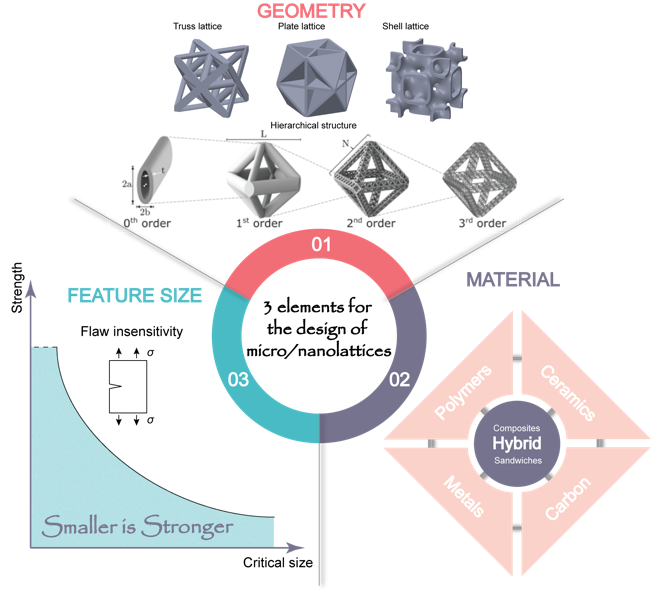
2. Deformation Mechanisms of Novel Non-metallic Nanomaterials
Non-metallic inorganic materials, such as ceramics and semiconductors, usually have great high temperature resistance, chemical stability, insulation and special optoelectronic properties. Due to their excellent physical and chemical properties, they play an indispensable role in high-tech fields such as aerospace, electronic information, etc. However, since their atomic structure mainly relies on strong interatomic forces such as ionic bonds or covalent bonds, they often show brittleness in macroscopic performance and are easily broken or damaged under external forces.
How to break the inverted relationship between the strength and toughness of brittle materials and achieve the coordinated optimization of strength and toughness has always been a core challenge and scientific problem faced by the field of non-metallic materials research. With the continuous advancement of materials science, researchers have found that the microstructure of materials has a crucial influence on their macroscopic properties. Through advanced material preparation methods such as nanotechnology, grain refinement, and high-throughput computer simulation methods, researchers start from the microscopic level to explore how to break through the toughness bottleneck of materials by optimizing the internal microstructure of the material and achieve simultaneous improvement of strength and toughness. This research idea provides a new path to solve the application limitations of brittle materials, and also opens up broad prospects for the design of high-performance non-metallic materials in the future.
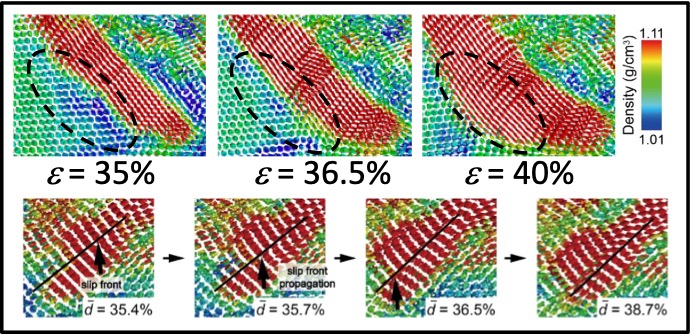
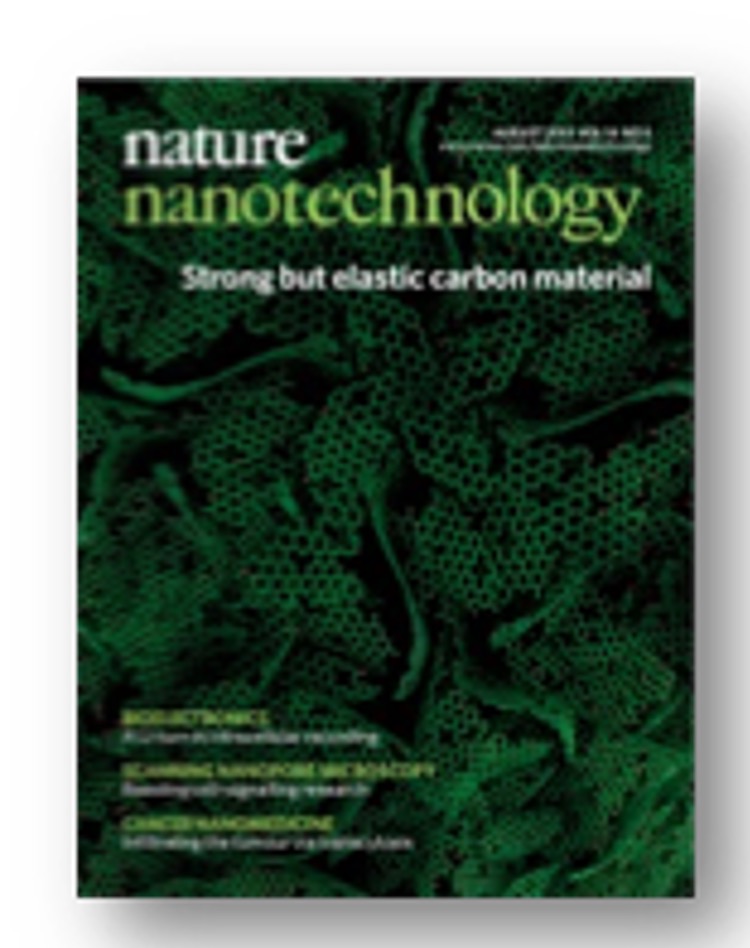
3. Instability Elasticity of Mechanical Structures for Design of Micro Grippers
Stable, accurate, and fast grasping and placement are important uses and key issues in the field of robotics. With the rise of the electronics industry, especially wearable devices in recent years, and their more diversified functions, the demand for further miniaturization and high-density electronic assembly continues to grow. At the micron dimensions, the scale effect of objects will become prominent, and gravity will become insignificant compared to interface forces (such as van der Waals forces, electrostatic forces, etc.). In addition, the current common micro-gripper designs, such as crystalline silicon microstructures, tungsten metal probes, etc. are usually made of hard materials, and it is difficult to avoid damage to the surface of precision devices during use. In response to these challenges, there is a long-standing common scientific problem of how to achieve accurate, efficient, and non-destructive picking and placement for small and light objects.

